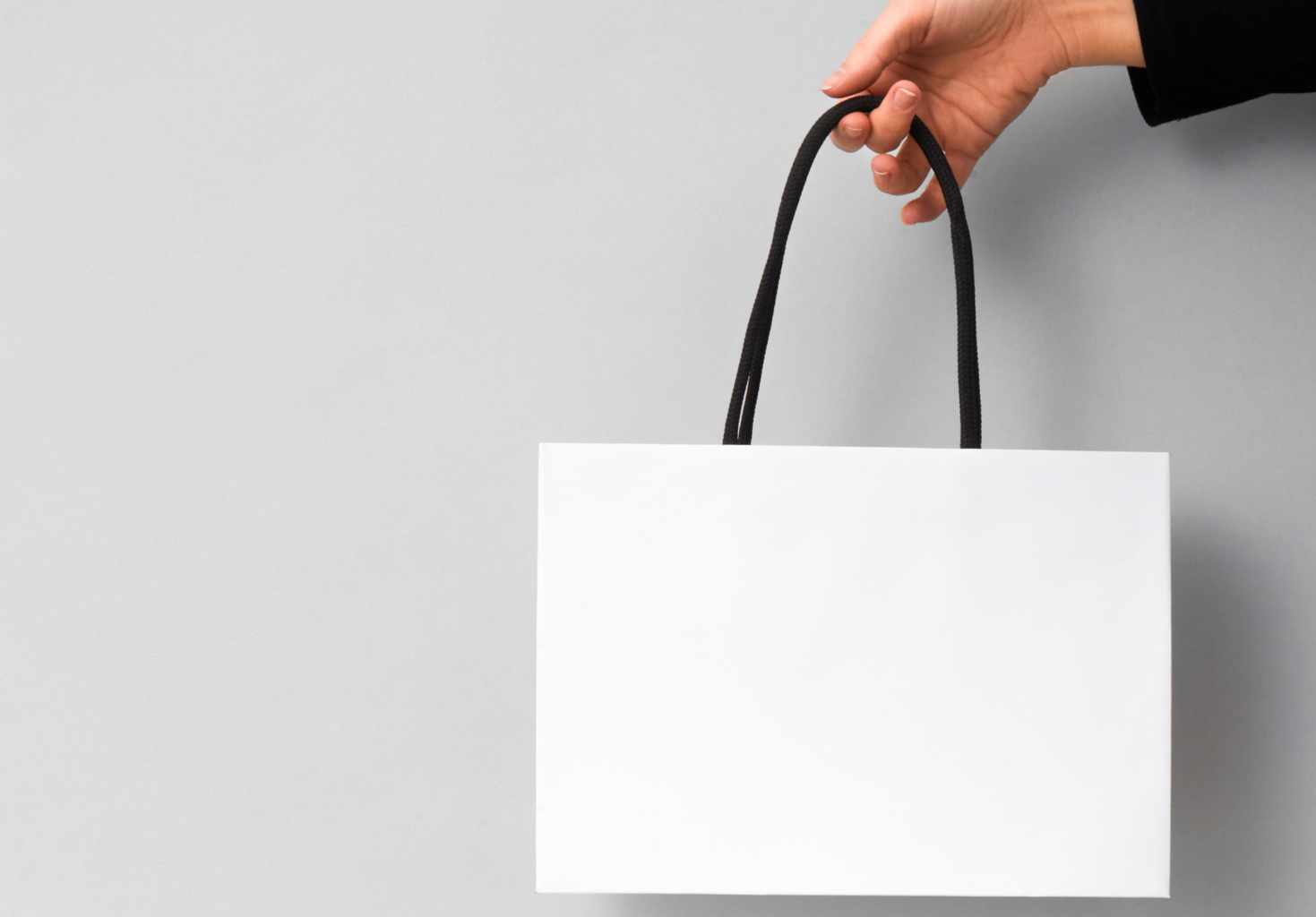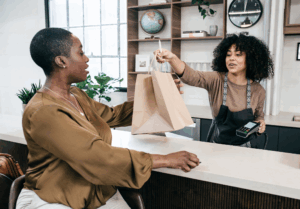In recent years, underconsumption has become a widespread trend across social media and among consumers for various reasons. At the core of underconsumption is consuming less, especially if the expense or product can be viewed as unnecessary or nonessential. While many factors outside of the retail industry have driven this trend, consumers purchasing less has a significant impact on retail businesses. Read on to learn more about underconsumption and what it means for retailers.
Shift in Consumer Behavior
Consuming only what you need is at the core of the underconsumption trend. It often involves fully using one type of beauty, hygiene or food product before purchasing a new one. It can also mean purchasing products for their longevity. For example, instead of buying new clothes every time there’s a new style, trend or season, purchasing timeless, long-lasting clothing pieces that can work in any season has become the norm. Beyond cosmetics, food and clothes, consumers are being more mindful of every product they purchase, searching for high-quality, long-lasting items that don’t need to be replaced frequently.
What’s Driving the Change?
For many years, social media has been a platform for influencers to flaunt wealth and glamorize consumerism. While the underconsumption trend isn’t an all-out rejection of consumerism and hasn’t solely risen as a response to these social media influencers, these factors do play a role. Although it’s often viewed as a rejection of consumerism, it’s more of a rejection of overconsuming.
While social media has shifted toward normalizing “normal consumption” and promoting eco-friendly habits, one of the main factors driving this shift in behavior is economic uncertainty. As inflation and the cost of living continue to rise, consumers feel a sense of economic instability, driving them to take a look at their spending and consumption habits. While some view underconsumption simply as a way to save money in an economically uncertain backdrop, others view it as a way to cause a shift in the economy. Either way, consumer behavior is changing, and retailers need to be ready to respond.
What Does This Mean for Retailers?
In short, this means that consumers are buying less. It means slower foot traffic in retail stores, especially in non-essential categories, like home decor and fashion. Consumers are changing their spending habits to prioritize essential items and quality products that are multi-functional over non-essentials and impulse buys.
Consumers buying less also means products stay on the shelves longer, contributing to slower inventory turnover, which can affect inventory management and overall profitability. This may force retailers to rely on sales, markdowns and other promotions to move inventory, which can impact profit margins.
How Can Retailers Adapt to This Trend?
While retailers may not be able to reverse this trend, they can adapt to the shift. The most impactful strategies include:
- Emphasizing quality
- Demonstrating longevity
- Prioritizing versatility
- Practicing sustainability
These strategies can be accomplished through marketing and brand messaging, and even through packaging. For example, your marketing strategy could focus on versatility by demonstrating how your product serves multiple functions simultaneously, or how it serves one function and the packaging serves another once the product is finished. Your brand messaging could also focus on the quality and longevity of your product, emphasizing that it doesn’t need to be replaced often. The type of product you sell will determine how to tailor your messaging. Regardless, retailers must be creative in adapting to the new, more mindful demographic of consumers practicing underconsumption.
Reimagining the Customer Experience
Beyond what you sell, how you sell it matters more than ever. Ensure that both your in-store and online experiences are convenient and enjoyable. For brick-and-mortar locations, a clean, well-maintained environment creates a positive impression and a pleasant shopping experience. For e-commerce businesses, ensure a seamless experience across all touchpoints, an easy checkout process and a reliable delivery schedule. This all starts with optimizing your inventory management systems, packaging operations and supply chain. Consumers may be buying less, but they’re expecting more, and that includes being sustainable and forging a meaningful brand connection. Make every customer interaction intentional to nurture brand loyalty.
Now that you understand underconsumption and what it means for your retail business, you’re prepared to respond to the shift in consumer behavior. Veritiv Pollock offers extensive retail solutions to help you adapt to this change. Contact us today to learn how we can help make SOLVED happen in the age of underconsumption.






